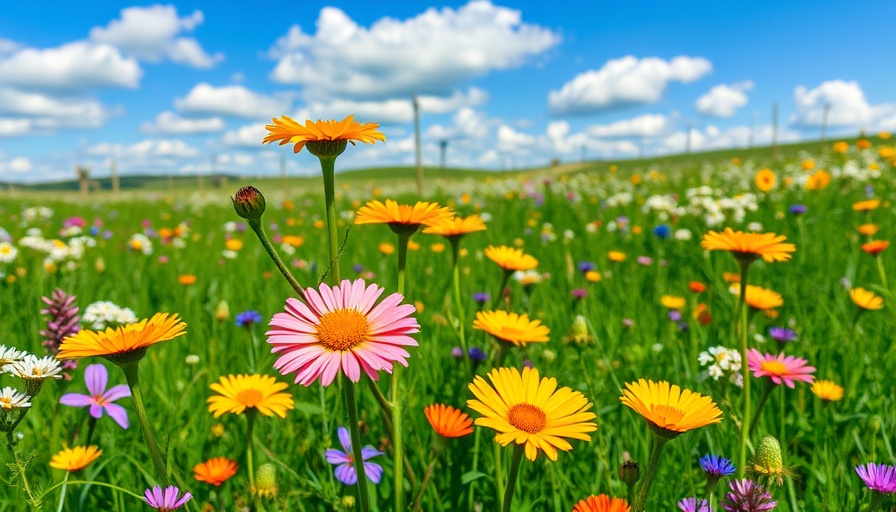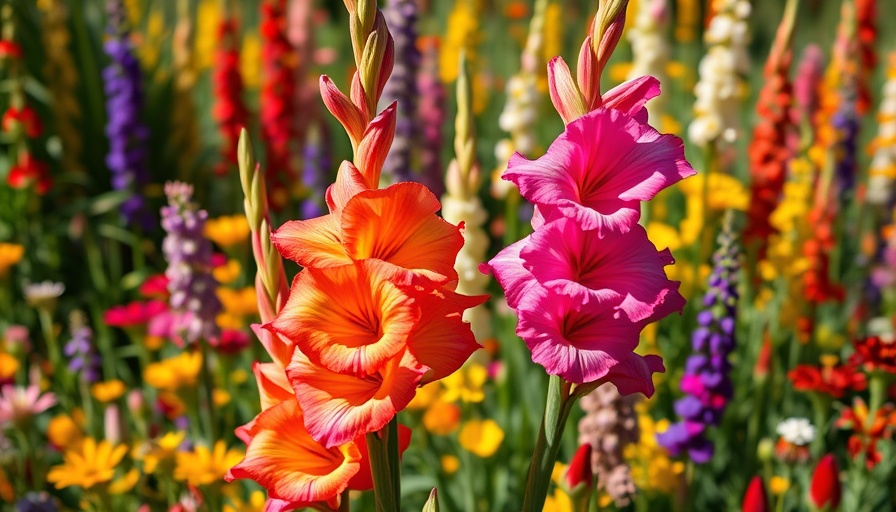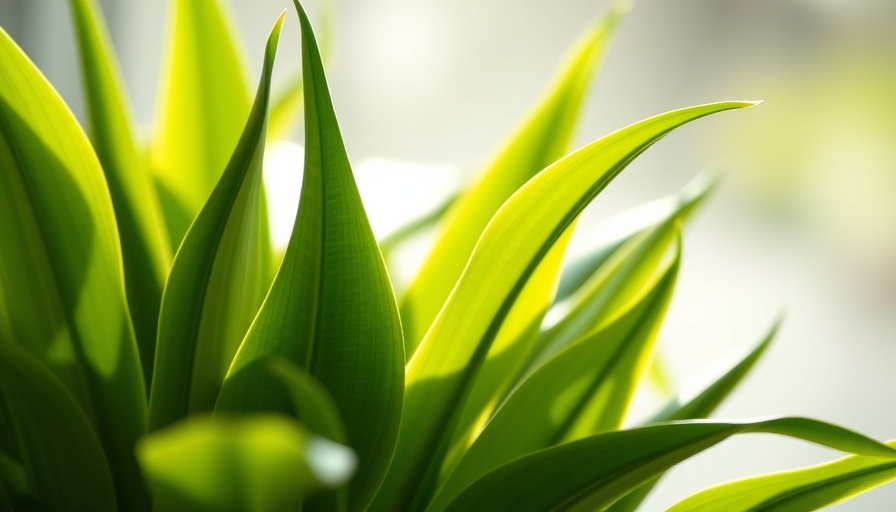
Growing Cornflowers: A Wildflower Garden Must-Have
For homeowners across Long Island, the charming beauty of cornflowers can effortlessly transform any outdoor space into a vibrant oasis. These captivating blooms not only add pops of color with their electric blue petals but also serve an essential role in supporting local wildlife. Ideal for both novice and seasoned gardeners, cornflowers prove to be a low-maintenance yet immensely rewarding plant.
The Importance of Cornflowers for Pollinators
Cornflowers are more than just beautiful; they play a vital role in our ecosystems. Attracting bees, butterflies, and other pollinators, they contribute significantly to biodiversity. In a time where many native bee populations are declining, incorporating cornflowers into your garden can help bolster these important species. According to studies, flowers like cornflowers that are rich in nectar can sustain bees throughout their life cycles, thereby enhancing environmental resilience.
Selecting the Right Cornflower Varieties
When considering which cornflower variety to plant, options abound. From the iconic Centaurea cyanus with its vivid blue flowers to the perennial Centaurea montana, homeowners have numerous choices to curate a personalized wildflower garden. Varieties like ‘Snowman’ offer pristine white blooms, while the ‘Polka Dot Mix’ introduces cheerful hues of pink and purple into the mix. Selecting diverse varieties not only enhances your garden's aesthetic but also increases its appeal to pollinators.
Tips for Planting and Care
Plant cornflowers in a sunny location, ideally where they will receive at least six hours of sunlight daily. They can thrive in well-draining soil and don’t require excessive fertilization. To start, sow the seeds directly into prepared soil in spring, or start them indoors a few weeks before the last frost. This approach promotes stronger seedlings that adapt seamlessly to the garden’s conditions.
Wrap-Up: Get Growing with Cornflowers!
Bringing cornflowers into your Long Island garden not only beautifies your space but also supports local ecosystems. As the flowers self-seed and flourish, you’ll enjoy their blooms season after season with minimal effort. Start today by choosing your favorite varieties, preparing your garden space, and watching as pollinators flock to your new wildflower haven. Not only will you enhance your garden, but you’ll also be making a positive impact on your local environment.
 Add Row
Add Row  Add
Add 




Write A Comment